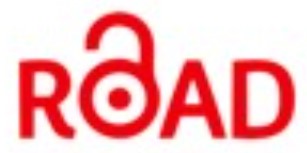USE OF SUGAR CANE BAGASSE ASH AS A SUPPLEMENTARY CEMENTING MATERIAL IN CONCRETE
Keywords:
sugarcane bagasse, pozzolan, compressive strengthAbstract
The construction industry is dynamic and new materials are continually being researched to achieve improved performance. These materials include so-called supplementary cementitious agents, which, when added to concrete, can replace proportions of portland cement, maintaining or improving its properties. Research has shown that sugarcane bagasse ash, under appropriate burning conditions, acquires pozzolanic potential. In this case, at the request of the Construction and Assembly Company of Artemisa, Cuba, the cementitious activity of sugarcane bagasse ash obtained directly from the kilns of one of the province's sugar mills, without a controlled burning temperature, is being investigated. The tests conducted show that this ash has a strength activity index with cement 10% higher than the minimum established by regulations. To evaluate the influence of its use on compressive strength and durability, seven mix designs were developed with dosages ranging from 0% to 30% of sugarcane bagasse ash as a replacement for portland cement. Compressive strength and ultrasonic pulse velocity were measured, showing that with replacement levels of up to 20%, compressive strength increases compared to that obtained with the standard dosage; at all replacement levels, the average ultrasonic pulse velocity values classify the concrete produced as durable. This demonstrates that mill ash can replace up to 20% of the cement used in concrete production.
Downloads
Published
Versions
- 2025-10-13 (2)
- 2025-10-08 (1)
How to Cite
Issue
Section
License
The contents of this journal are under a Creative Commons Attribution-NonCommercial 3.0 Unported License, meaning that its copy and distribution are by all means allowed for as long proper acknowledgments are given and commercial use is not involved.










